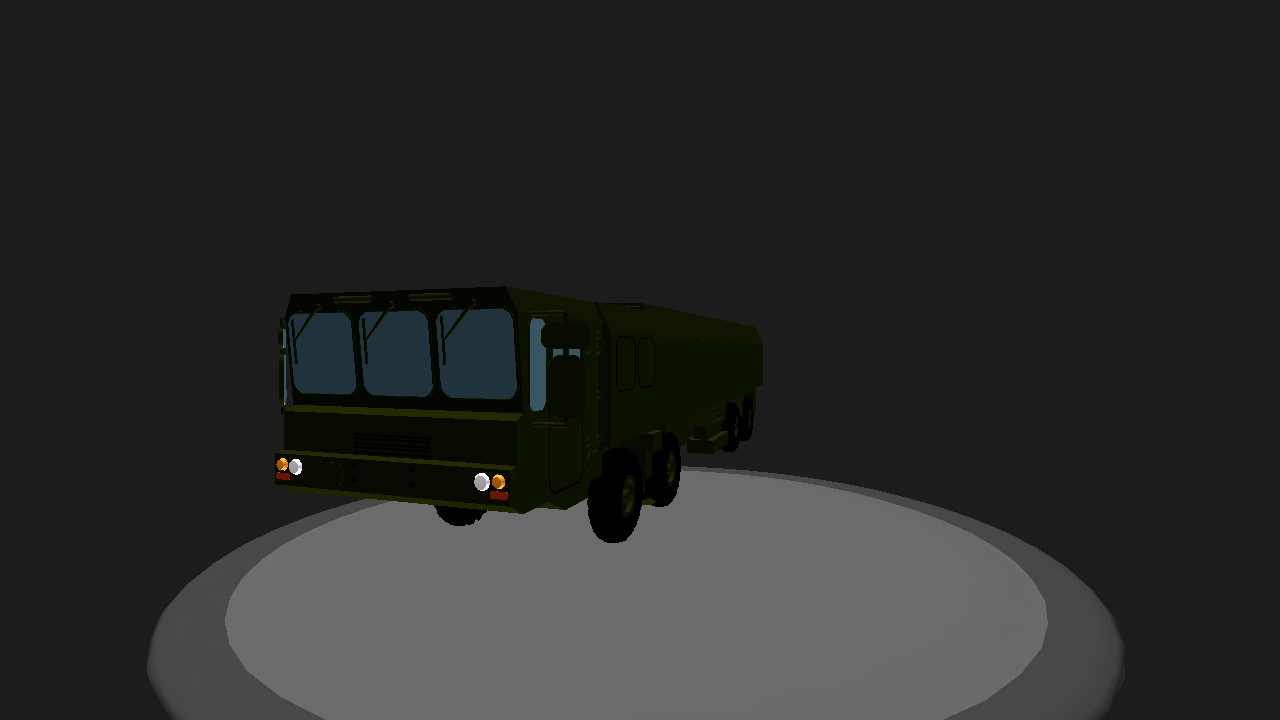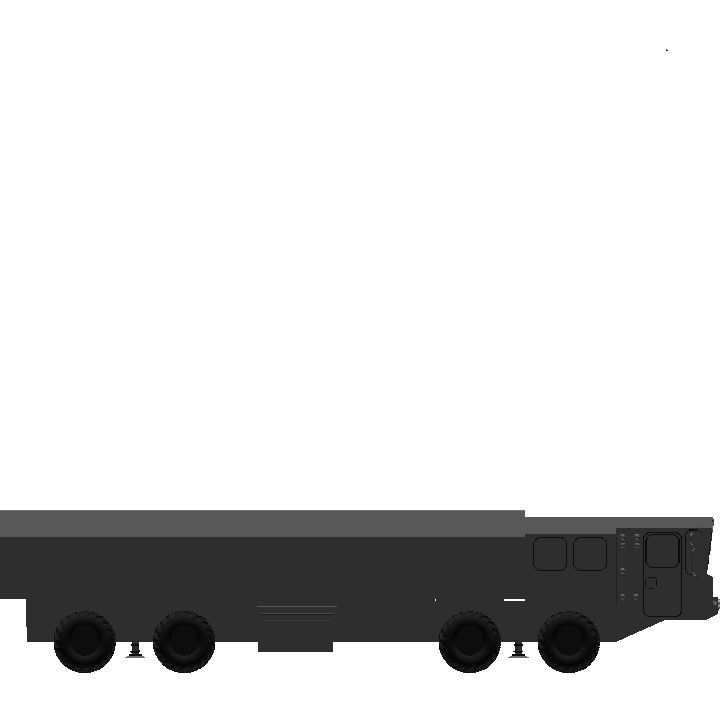The 9K720 Iskander (Russian: «????????»; NATO reporting name SS-26 Stone) is a mobile short-range ballistic missile system produced and deployed by the Russian military. They travel at a terminal hypersonic speed of 2100–2600 m/s (Mach 6–7) and can reach an altitude of 50 km as they range up to 500km. The missile systems (????????-?) are to replace the obsolete OTR-21 Tochka systems, still in use by the Russian armed forces, by 2020.

The 9K720 Iskander (Russian: «????????»; NATO reporting name SS-26 Stone) is a mobile short-range ballistic missile system produced and deployed by the Russian military. They travel at a terminal hypersonic speed of 2100–2600 m/s (Mach 6–7) and can reach an altitude of 50 km as they range up to 500km. The missile systems (????????-?) are to replace the obsolete OTR-21 Tochka systems, still in use by the Russian armed forces, by 2020.[11][12][needs update]
9K720 Iskander
SS-26 Stone
Army2016demo-075.jpg
Iskander-M missile on the starboard erector arm of the 9P78-1 transporter erector launcher displayed at the «ARMY-2016» military-technical forum
Type
Short-range ballistic missile
Place of origin
Russia
Service history
In service
2006–present[1]
Used by
Russian Ground Forces
Armenian Armed Forces
Algerian People's National Army
Armed Forces of Belarus
Wars
Russo-Georgian War
Syrian Civil War[2]
2020 Nagorno-Karabakh War
2022 Russian invasion of Ukraine
Production history
Designed
From 1988
Manufacturer
Votkinsk Plant State Production Association (Votkinsk) – missiles
Production Association Barricades (Volgograd) – ground equipment
KBM (Kolomna) – developer of the system
Unit cost
$3 million [3]
Specifications
Mass
3,800 kg (8,400 lb)[4]
Length
7.3 m (24 ft)
Diameter
0.92 m (3 ft 0 in)
Warhead
480–700 kg (1,060–1,540 lb) thermonuclear weapon, high-explosive fragmentation, submunition, penetration, fuel–air explosive, EMP[5][6]
Engine
Single-stage solid propellant
Operational
range
400–500 km (250–310 mi)[7][8] for Iskander-M
Maximum speed
2,000 m/s (Mach 5.9) burn-out velocity (hypersonic)[9]
Guidance
system
Inertial guidance, optical DSMAC (Iskander-M), TERCOM (Iskander-K), use of GPS / GLONASS in addition to the inertial guidance system[10]
Inertial, use of GPS / GLONASS and optical DSMAC terminal homing
Accuracy
1–30 m (9K720)
5–7 m (Iskander-M)
Launch
platform
Mobile TEL
The Iskander has several different conventional warheads, including a cluster munitions warhead, a fuel–air explosive enhanced-blast warhead, a high-explosive fragmentation warhead, an earth penetrator for bunker busting and an electromagnetic pulse device for anti-radar missions. The missile can also carry nuclear warheads.[1][13][14] In September 2017, the KB Mashinostroyeniya (KBM) general designer Valery M. Kashin said that there were at least seven types of missiles (and "perhaps more") for Iskander, including one cruise missile.[15]
History
Design
Operational history
Variants
Iskander-M
Variant for the Russian Armed Forces with two 9M723 quasi-ballistic missiles with published range 415 km, rumoured 500 km. Speed Mach 6–7, flight altitude up to 6–50 km, nuclear capable stealth missile, controlled at all stages, not ballistic flight path. Immediately after the launch and upon approach to the target, the missile performs intensive maneuvering to evade anti-ballistic missiles.[74] The missile constantly maneuvers during flight as well.[34][75]
Iskander-K
Iskander-K
"K" for Krylataya ("Winged"). Variant intended to carry various types of cruise missiles (Russian: ???????? ??????; literally winged rocket). At present, it includes:
9M728 (SSC-X-7) also known as R-500 – flight altitude up to 6 km, published range up to 500 km[76] and automatic adjustment in the way, follow of terrain relief in flight.[74] The missile is evolved from 3M10, 3M54/3M14 and Kh-101/102 missiles and can be launched also by the Iskander-M.[citation needed]
9M729 (SSC-X-8) – new long-range missile that is reportedly land-based version of the 3M14 Caliber-NK missile complex with a range between 300–3,400 miles (480–5,470 km) and may be based even on the air-launched Kh-101 cruise missile with a range over 5,500 kilometres (3,400 mi).[77][78] According to RF, its range is only 480 km and its specially-developed self-propelled launcher can carry 4 missiles. The 9M729 missile has a higher yield warhead and a new control system for greater accuracy. Most parts and components of the 9M728 and 9M729 missiles are identical.[79]
Currently there are 7 different types of ballistic and cruise missiles for both variants of the Iskander missile system.
VTOL + TRIM DOWN : OPEN AND UP THE MISSILE
YAW + PITCH : CONTROL

Specifications
General Characteristics
- Created On Android
- Wingspan 13.6ft (4.1m)
- Length 51.8ft (15.8m)
- Height 44.8ft (13.7m)
- Empty Weight 25,707lbs (11,660kg)
- Loaded Weight 26,539lbs (12,038kg)
Performance
- Wing Loading N/A
- Wing Area 0.0ft2 (0.0m2)
- Drag Points 12903
Parts
- Number of Parts 420
- Control Surfaces 0
- Performance Cost 1,749






@Bellcat to destroy other player
What am I going to do in Multiplayer with this?